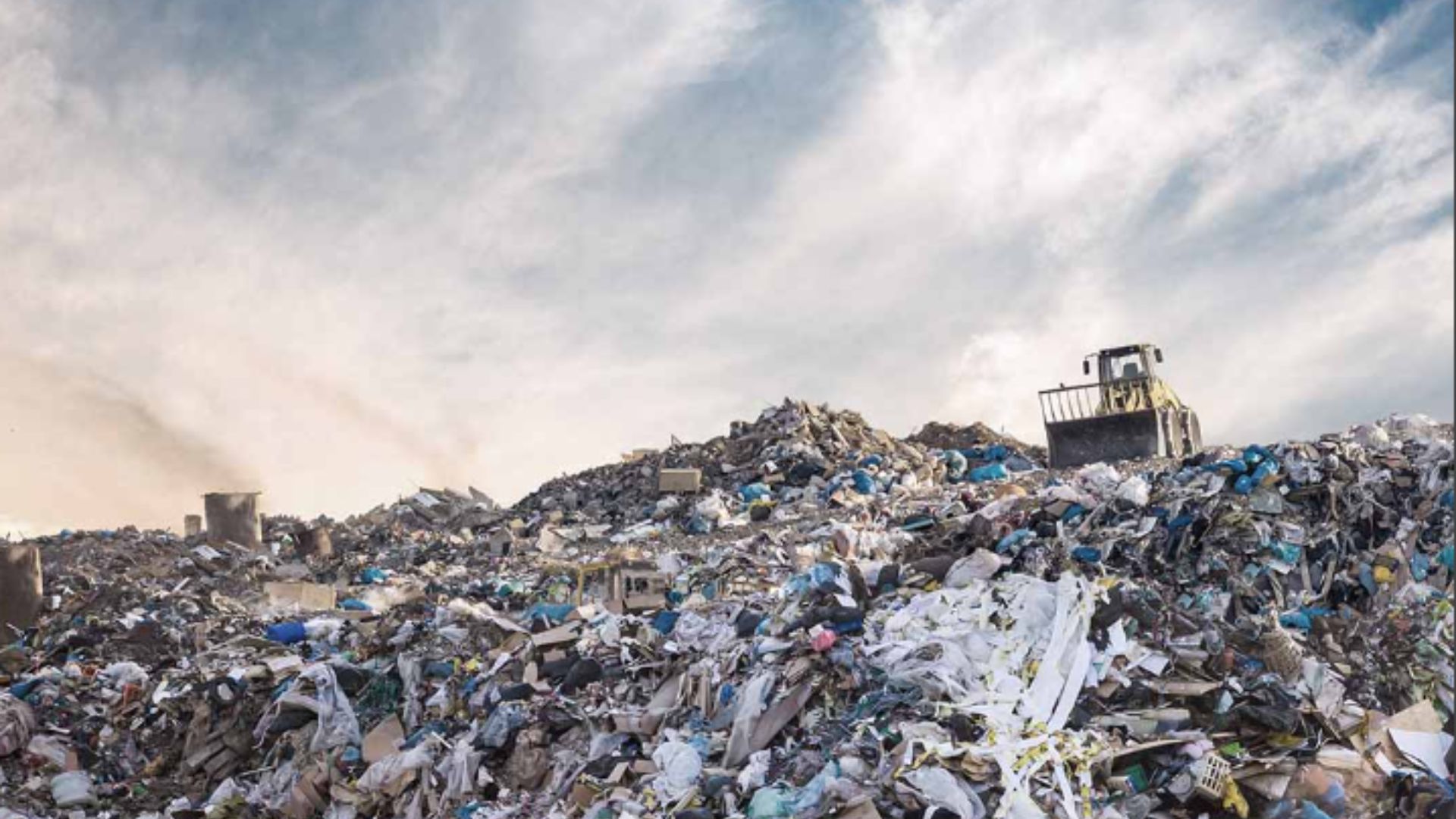In today’s world, the significance of garbage containers in waste management cannot be overstated. These seemingly simple receptacles play a pivotal role in maintaining cleanliness, order, and environmental sustainability within communities. Moreover, by seamlessly facilitating the disposal process, they contribute significantly to creating a healthier and greener planet. Therefore, this article will delve into the role of garbage containers in modern waste management.
Enhanced Waste Segregation
To begin with, garbage containers serve as structured platforms for promoting effective waste segregation. They encourage individuals to sort their disposables appropriately, thereby minimizing the burden on landfills and promoting essential recycling initiatives. This practice is an essential step toward reducing environmental impact.
Community Hygiene and Aesthetics
In addition, the strategic placement of garbage containers plays a crucial role in curbing littering tendencies. By providing convenient disposal options, these containers promote community hygiene and help preserve the visual appeal of public spaces. They prevent unsightly waste accumulation, contributing to a cleaner and more inviting environment.
Odor Control and Pest Prevention
Furthermore, sealed and well-designed containers are instrumental in curbing unpleasant odors associated with waste. Moreover, they effectively discourage pests from infiltrating waste areas. This dual benefit helps in maintaining a sanitary and habitable atmosphere, reducing health risks for communities.
Contribution to Circular Economy
Additionally, garbage containers play an integral role in the circular economy model, which prioritizes resource efficiency. By offering designated compartments for different types of waste, these containers facilitate efficient recycling processes. This, in turn, conserves valuable resources and reduces the strain on raw materials.
Efficient Collection and Transport
Moreover, the presence of well-placed garbage containers significantly streamlines the waste collection process. This strategic placement ensures a smooth transition from households to disposal sites, minimizing the likelihood of litter dispersal during transit. Efficient waste transport contributes to cleaner streets and neighborhoods.
Technological Advancements
Modern garbage containers have embraced technological advancements to enhance their functionality. Containers equipped with waste compaction technology, sensor-based filling level detection, and even solar-powered trash compactors optimize container usage. Therefore, these innovations enhance waste management efficiency, reduce collection frequency, and lower associated costs.
Public Awareness and Education
Garbage containers serve as more than just disposal units; they are also powerful educational tools. Visual cues on containers communicate waste disposal instructions and eco-conscious messages to the public. This approach promotes awareness about responsible waste management practices, fostering a culture of environmental consciousness.
Adaptation to Urban Planning
The placement of garbage containers plays a vital role in urban planning. Strategic positioning aligns with foot traffic patterns, commercial zones, and residential areas. This ensures easy access for waste disposal, making it convenient for individuals to dispose of their waste responsibly.

Regulation Compliance
Furthermore, garbage containers play a pivotal role in helping communities adhere to waste management regulations and policies. By providing designated spaces for waste disposal, these containers actively support communities in meeting environmental standards and maintaining a greener environment.
Reduced Environmental Impact
To add on, through their effective containment of waste, garbage containers significantly minimize the release of harmful pollutants into the environment. Therefore, by reducing air and water pollution, soil contamination, and the strain on natural resources, these containers contribute to a healthier planet for current and future generations.
Conclusion
In conclusion, garbage containers stand as unsung heroes in the journey toward sustainable waste management. Their unassuming presence is complemented by multifaceted benefits that extend beyond mere waste containment. By encouraging responsible waste disposal habits, supporting recycling initiatives, and aiding in maintaining community hygiene, these containers play a crucial role in fostering a future where waste is minimized, resources are conserved, and the environment flourishes.



